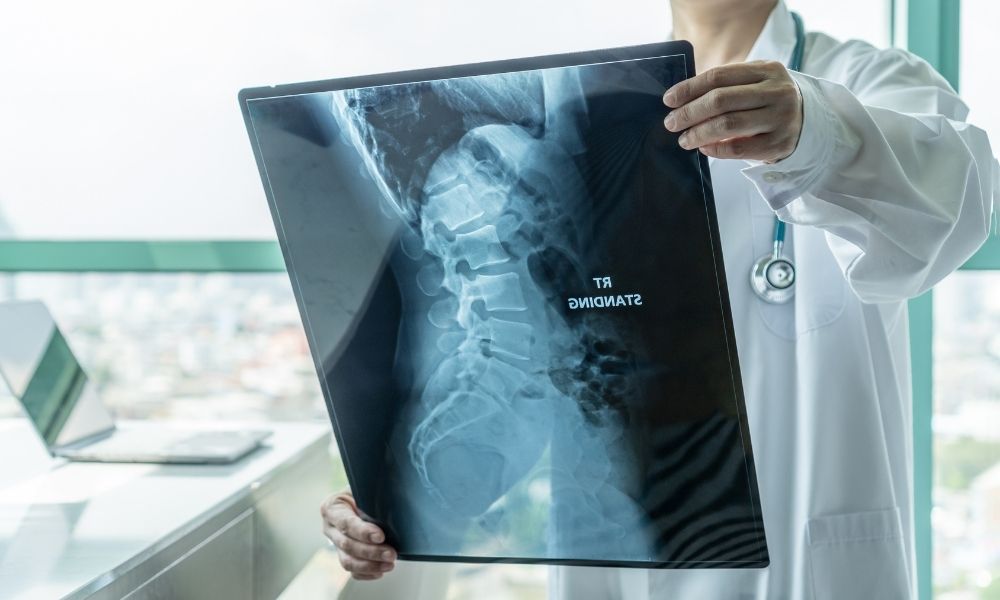Sometimes surgery is the recommendation for you or your child’s scoliosis. If your child received the diagnosis, the question “What are the different kinds of scoliosis spine surgery,” might come up while considering their options. While your doctor will guide them toward the best decision, you can be an informed parent when you know about the different ways of correcting scoliosis with surgery.
Spinal Fusion
As the most common type of surgery for scoliosis, spinal fusion involves bone grafts and X-rays. During this process, the vertebrae are separated and realigned before being welded back together. Surgeons use bone grafts sourced from the ribs, pelvis, or other parts of the spine to help connect the spinal tissue.
VATS
Video-Assisted Thoracoscopic Surgery (VATS) is a less invasive form of back surgery that is typically only used in some cases of thoracic curvature of the spine. Even then, not everyone is a candidate. For instance, the procedure requires doctors to deflate a patient’s lung. So, the patient must be in good enough health to withstand this and more surgical stress. During a VATS procedure, surgeons make small incisions on the side of the chest and insert cameras which then help the doctors carry out the surgery.
Thoracoplasty
Many people with scoliosis have a prominent rib hump. The goal of thoracoplasty is to reduce the size of the hump, often through the removal of one or more rib bones. If this surgery is necessary, it is often performed in conjunction with other scoliosis procedures.
Osteotomy
An osteotomy is a common form of back surgery used to treat children with prominent curvaton, adults with rigid scoliosis, individuals with flatback, and those requiring realignment following fusion. It involves the cutting of bones in the front or back of the spine. The surgery is meant to correct the spine and can be performed anteriorly or posteriorly.
Hemivertebrae Excision
In some cases of scoliosis, the vertebrae become wedge-shaped instead of rectangular. Hemivertebrae excision removes the abnormal vertebrae and replaces them with rods. Patients may need to brace for a while during recovery.
Having a thorough understanding of the different kinds of scoliosis spine surgery will help you have a better conversation with your loved ones and doctors. You deserve to be informed about your options, especially when it comes to your health. Whether or not surgery is in your future, scoliosis bracing may be part of your recovery. Talk to your healthcare professional about the Whisper Brace.

